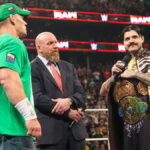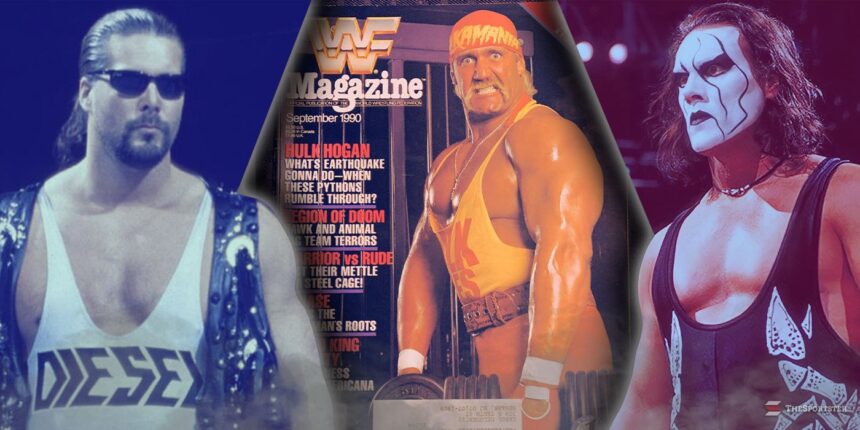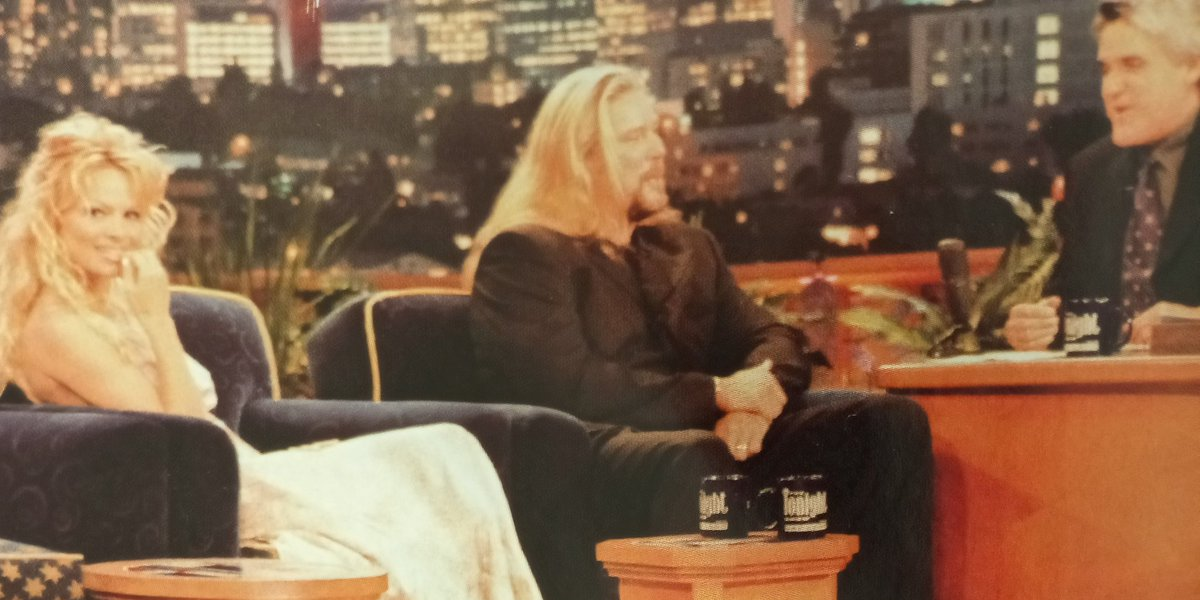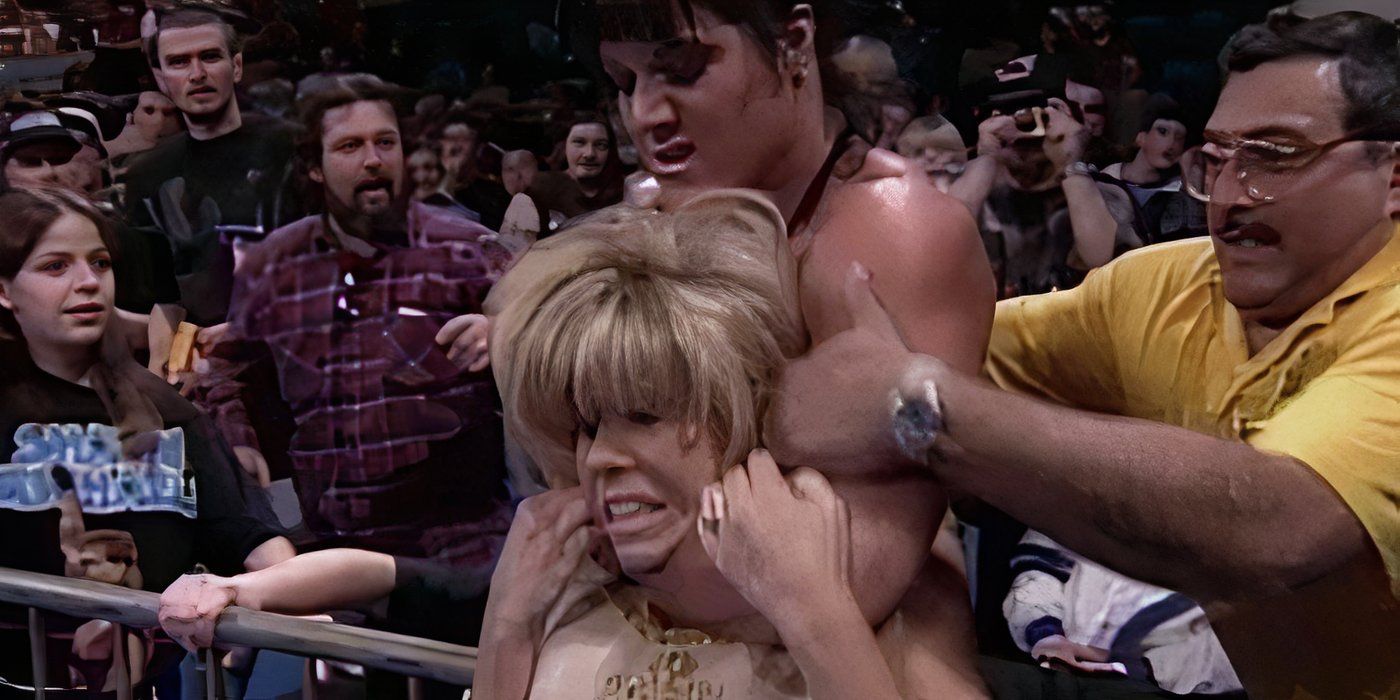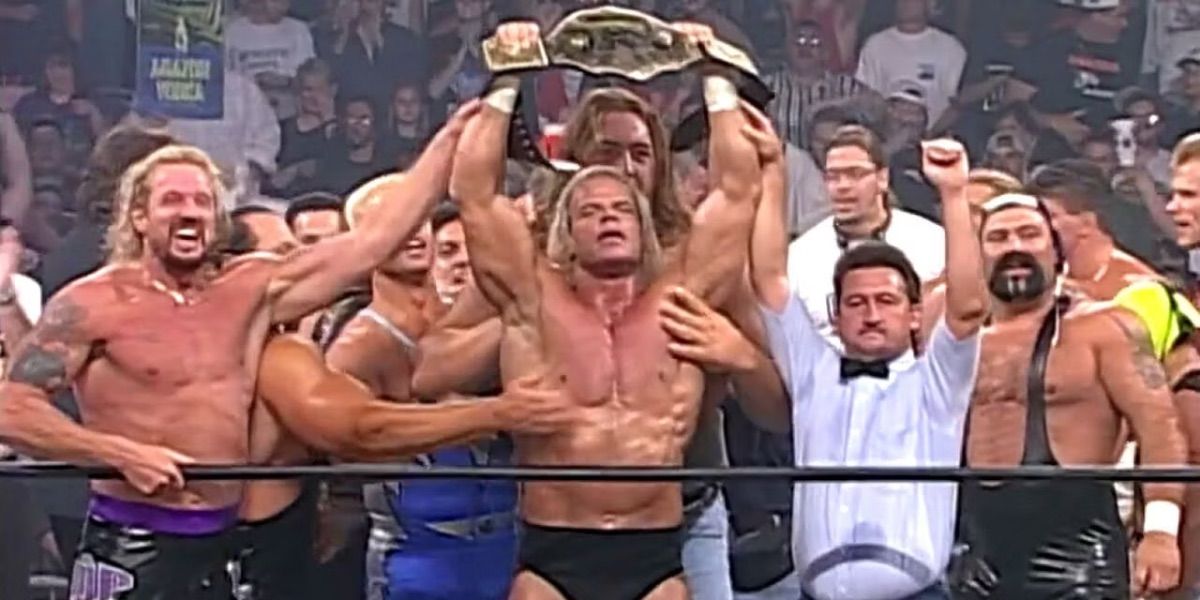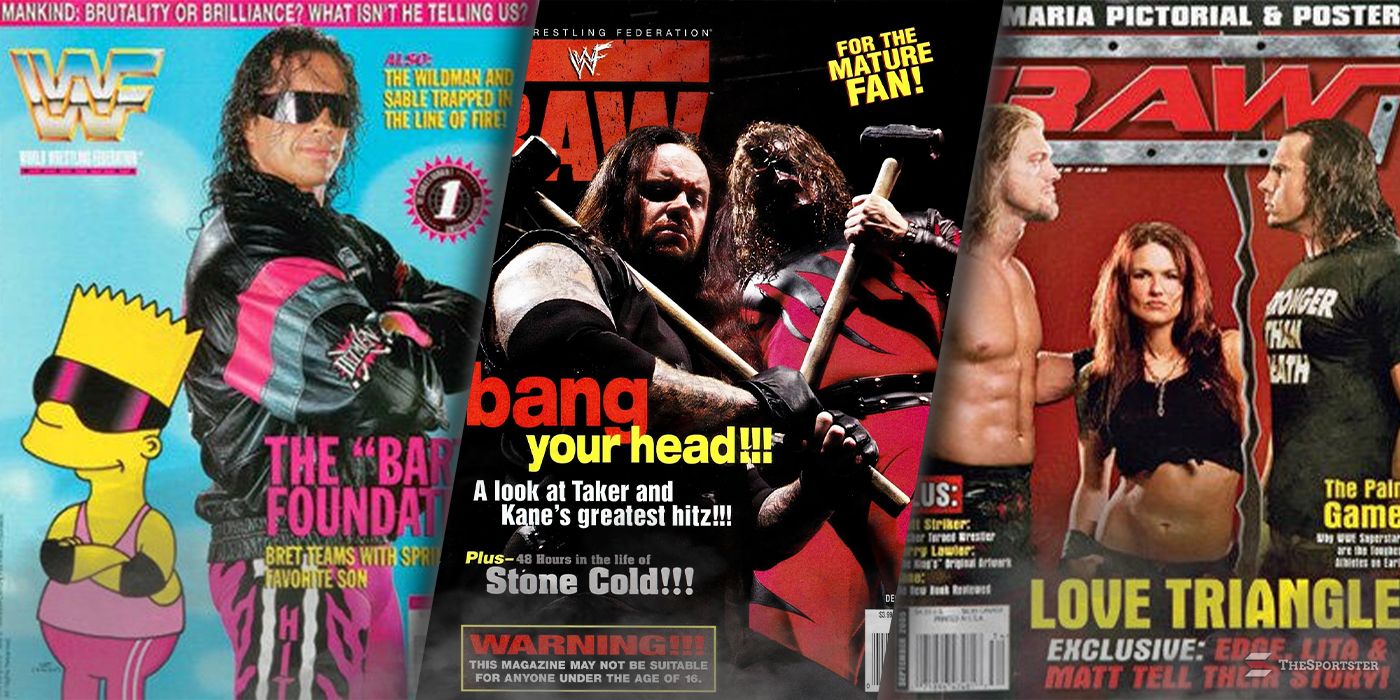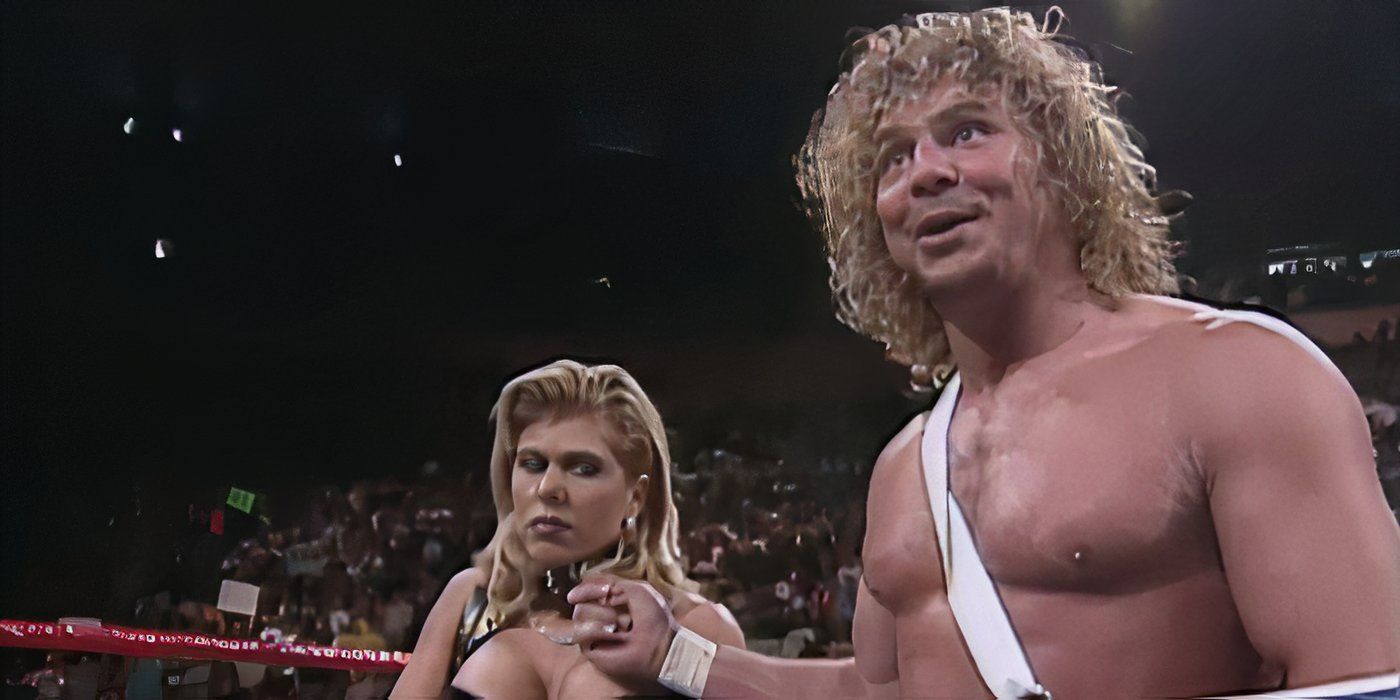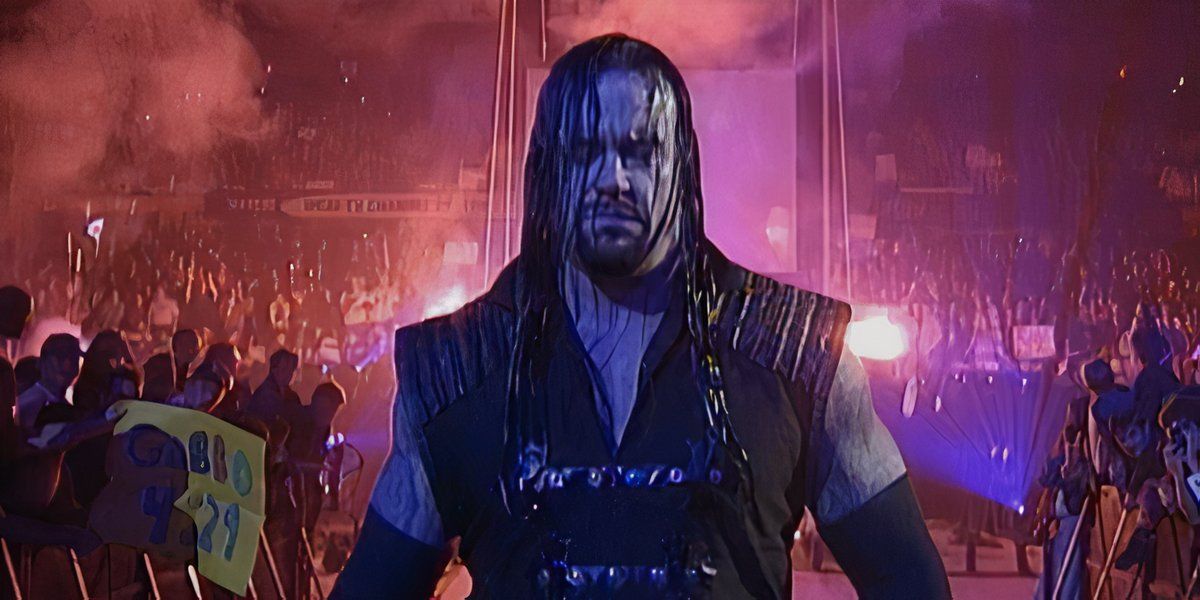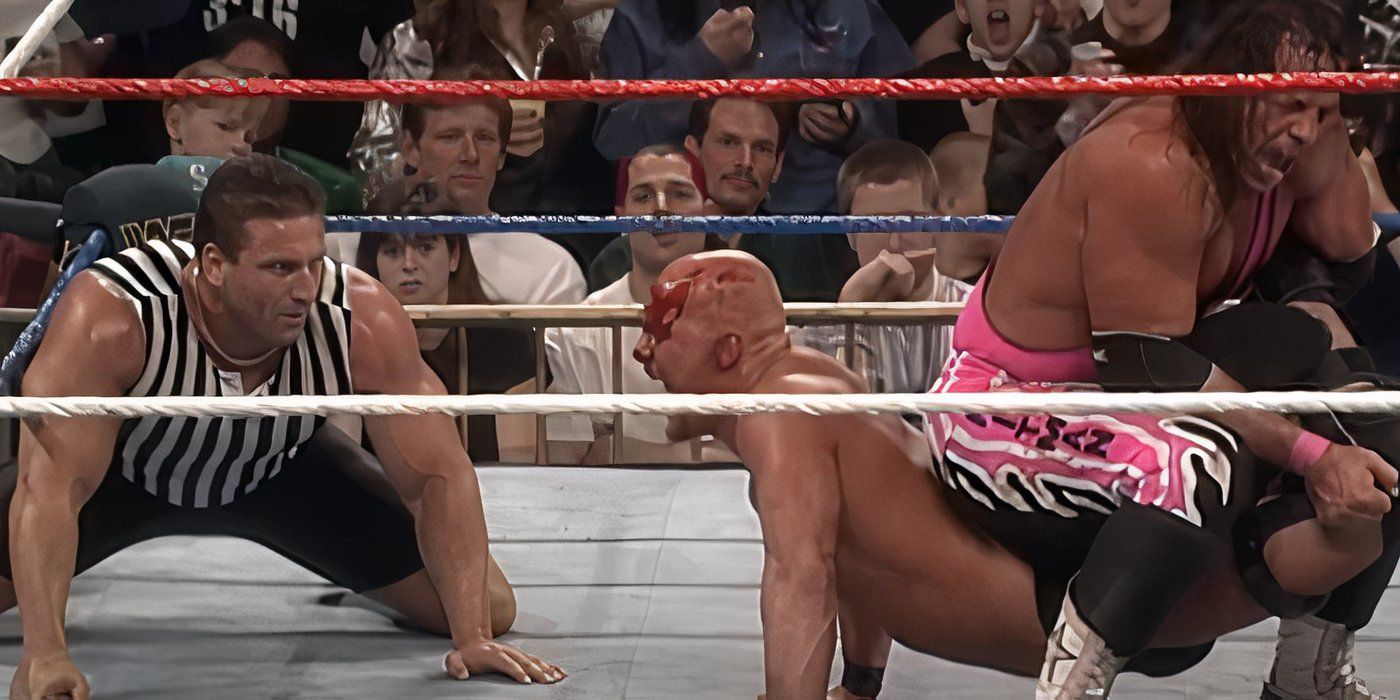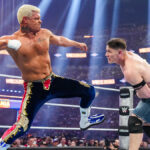The 1990s are undoubtedly the most important decade in the history of wrestling, and it grows over time. WWE and WCW did an amazing job competing with each other and taking great risks to constantly raise excitement. The past six years have shaken up the industry with the formation of AEW. Triple h Vince McMahon’s replacement.
However, there are some that have not been able to be reproduced since the 1990s yet to remain at the top. A particular experience or scenario was appealed at that point in a way that fans today would not have experienced. What follows in the 1990s can only be understood by watching it in real time from fans of that era.
Real cutthroat competition
Companies tried to hurt each other
- Eric Bischoff attempted a tactic that directly hurts WWE
- Both companies tried to shut down other companies.
- Today’s competition is not so vicious or personal
The current landscape of tribalism involved in supporting WWE or AEW has new fans who think this is the most toxic thing can get. Past eras feature more cutthroat competition between WWE and WCW, and are about to go out of business with each other.
Eric Bischoff was joking behind the scenes at WCW. He loved doing things to hurt them, such as bankrupting WWE and ruining tape events. Vince McMahon was equally vicious to take control and enjoyed celebrating WCW’s death when he bought it.
Wrestlers as mainstream celebrities
Big stars have appeared in all media outlets
- The wrestlers had consistent mainstream crossover opportunities
- Both the WWE and WCW stars had an impressive opportunity
- Mainstream appeal helped wrestlers make extra money
WWE fans have long and often lengthened attitude times due to the incredible atmosphere surrounding them all. The star really felt like a bigger icon than the creatures that have become associated names in the popular pop culture and the US media sector.
In major talks, the names of WWE and WCW appeared almost every month to promote the event. The TV show booked wrestlers to make cameos and increase their ratings. The biggest stars of the 1990s had a hold in pop culture that is far greater than the talent they are today.
The importance of female characters
Women have begun to become a bigger part of the show
- WWE has only had a handful of women since the 1990s.
- Expanding the women’s roster has made the product much better
- WCW added more women to catch up with WWE
The 1980s introduced female characters in major roles for the first time after Miss Elizabeth and Shelley Martell got over them, but only a few women played relevant roles. WWE first added female characters and made changes to get Sunny, Sable, China and Malena at the same time.
WCW followed suit with pushes on the likes of Kimberly Page, Stacey Keebler, Tory Wilson and more. The decade added to the depth of WWE character with Trish’s status, Lita and Stephanie McMahon. Fans in the 1990s were able to experience many interesting turnovers to see the impact of female characters being added to that extent for the first time.
Watching live or miss a show
- The lack of live broadcasts meant that the show was completely missing
- The limited opportunity to watch the program was tough
- Fans today have a simple choice to watch on demand
Today’s wrestling products help fans to see the show in ways they want and in a variety of manners. WWE and AEW upload highlights from all TV segments of YouTube and social media platforms are always available to enjoy. The full show is archived on Netflix, Peacock, and Max.
Fans in the 1990s were able to dream of such a future, as VHS recording was the only way to be replayed later that week or if fans missed an event live. WWE and WCW had a stronger, must-see atmosphere as fans had to go through the risks they didn’t experience or watch the show live.
Wrestling magazines are being praised
Fans provided what they found online today
- The magazine has added another element of fandom
- Wrestling rumors were in magazines before the internet
- WCW and WWE had competing magazines every month
The magazine industry was a major factor in the 1990s and is hardly appealing today. Wrestling was one of the top fields for having popular magazines to buy from real physics stores via email subscription.
Various magazines have announced questions about watching behind the scenes news fans have learned for the first time. Even WWE and WCW released official, competing monthly magazines to each other. The internet took off in the 2000s made all this accessible and ended the excitement of the ’90s magazine.
Fans are really questioning Kayfabe
Kayfabe played a role in the product
- Kayfabe still had a promotion treating it as the real thing
- The character who broke the fourth wall confused the fans
- If you connect, the fan guessed everything
Most of the time knows about Kayfabe, as it is more common for wrestling fans to learn that today’s shows are modified and scripted. In past times, performers and companies trying to make everything feel real presented the fantasies of Cayfabe.
WWE and WCW even tried to create a workshoot angle to make fans think that a particular segment had broken the script. Something like Brian Pillman’s loose cannon character and various performers cut workshoot promotions and were sure of everything fans saw.
An entrance as important as a match
The theme song triggered an electrical response
- The big pop at the entrance has become part of the charm
- Fans loved witnessing special entrances at live events
- The entrance felt more special than actual wrestling.
The biggest part of the wrestling presentation in the 1990s came in the late 10 years due to the interest of the code. The WWE event since 1998 has made almost every major top face respond loudly after the second memorable entrance theme played.
There was a similar spark in peak years as WCW felt equally important to games and promotions. The entrance to names like The Undertaker, Kane, Goldberg, Steve Austin has become what fans paid to see as much as the others.
Times change quite quickly
WWE has three different ERAs over the course of 10 years
- WWE made dramatic changes to change the landscape
- Three eras meant that fans brought organic changes to WWE
- I don’t feel that it’s different in recent times, as there were changes in the 90s.
Fans placed more emphasis on the names and motivations of each era of WWE. The 1990s featured a golden age beginning in the more cartoonish storyline era of good vs vs bad. WWE has changed courses to add more athletic ability as an objective for the new generation era.
The biggest change came from the era of the sharpest and most adult style-encompassing attitudes in WWE history. WCW has similar changes to its approach, despite the lack of an official name or timeline. All of these changes felt organically appealing at the moment. In recent years, changes to presentations in the new era of WWE have been kept to a minimum.



